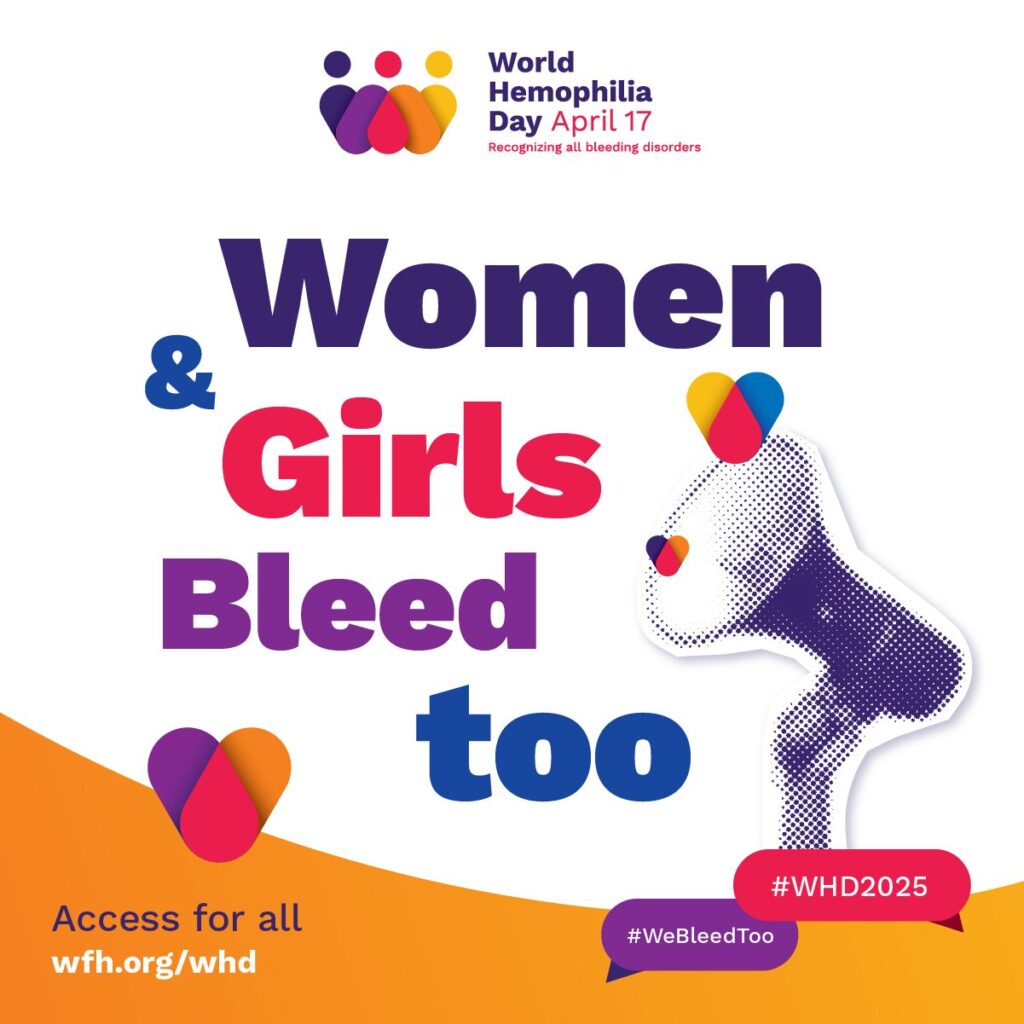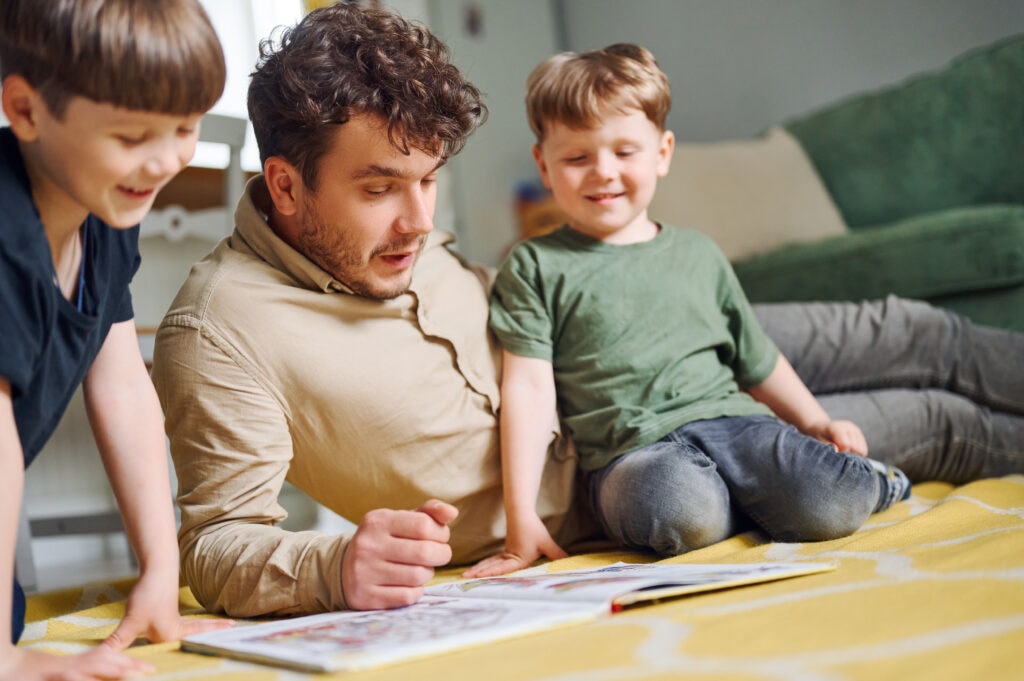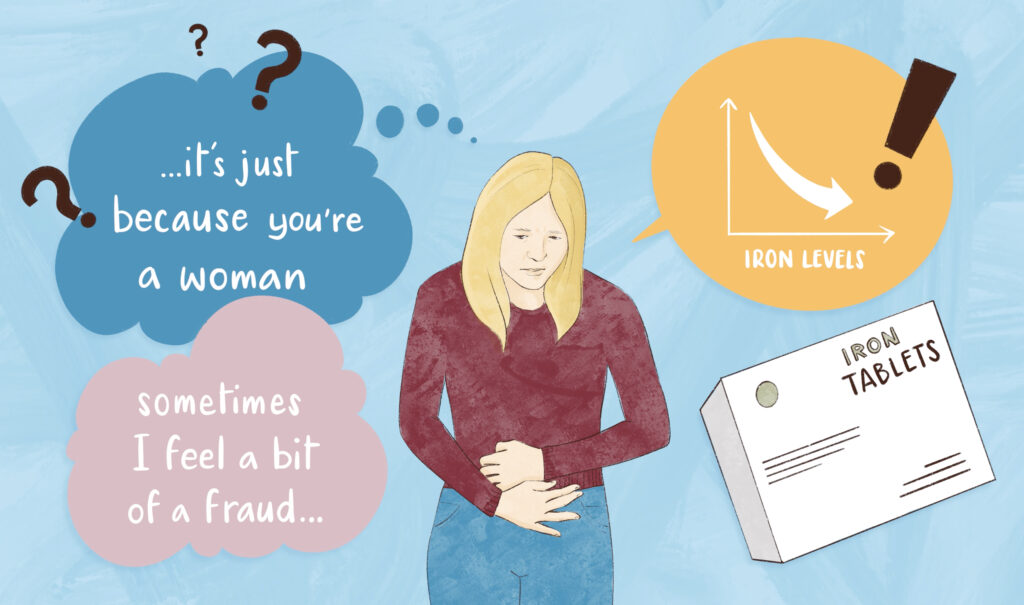This One’s For the Girls
How many girls and young women do you see with bleeding disorders? And how well do they cope with their condition?
Last year, we explored the everyday lives of girls and young women with bleeding disorders by means of a couple of focus groups. We found that young women with IBD who are managed at haemophilia centres receive appropriate care and feel well supported. Although the clinic-based literature available to these women appeared generally “fit for purpose”, it did not fully address the girls’ perceived needs regarding sex, menorrhagia, conception and childbirth, the Pill, tattoos/piercings and so on, leading many to turn to other information sources – especially Mr Google.
Subsequently, we tested this a little further in a survey that we distributed via nurses at five specialist haemophilia centres in the UK. In all, we received questionnaires back from 45 girls who were, generally confident in their lives, able to manage their bleeding disorder and to take pragmatic views towards its inherited nature. As one girl said: “I am worried but at the same time I won’t let it control their lives. I will teach them to manage it as I have done.” Another wrote that: “It is upsetting that I have a 50:50 chance of passing the disease to my children. But as I am able to manage my condition, I still wish to have children as I feel they’d be able to manage it too.”
So far, so good. We live in an age where bleeding disorders are entirely manageable and really shouldn’t have an adverse impact on anyone’s life.
So it was a worry to find that our (unscientific) sample included a substantial subgroup of girls and young women who told us about the stigmatization, isolation and bullying they had experienced as a direct result of their bleeding disorder. “No one understands. I was picked on in school. People have threatened to “cut me” to see if I would bleed.” Another wrote that in the Asian culture she was “ridiculed and rejected especially when issue of marriage arises”. One girl told how, despite wishing to keep it to herself, her school teacher chose to tell everyone in her class about it. “I would have liked to have been treated more as an adult,” she wrote.
Some of this subgroup also expressed concerns relating to fertility and conception: “I feel guilty, conflicted – should I even have biological children?”
Many of threes girls had bled abnormally for years before being investigated and diagnosed. Several had been prescribed the contraceptive pill without any referral and further investigation (one at the age of just 8 years). Even after diagnosis, unsatisfactory contact with non-specialist services was a common theme: “When I was away from home I started bleeding and went to hospital but they were just clueless,” wrote one, adding that when she told them about her bleeding disorder “they didn’t know what VWD was, and had to Google it.”
The good news is that most of these girls felt well supported within their haemophilia centres, particularly by their haemophilia nurses. Nevertheless, there is clearly room for improvement in approaches to diagnosis, treatment and counselling across the health service.
We’ve got some ideas that we plan to follow-up, but we’d love to hear your thoughts. And here’s a hint – at the HNA meeting, several nurses wanted to get involved in work in this area. We still have your names!
Reference
Khair K, Holland M, Pollard D. The experience of girls and young women with inherited bleeding disorders. Haemophilia 2013 Apr 22. doi: 10.1111/hae.12155. [Epub ahead of print]
Mike Holland founded Haemnet and SixVibe. He is a medical writer, editor and event organiser – find him at Google+ or Driftwood.


